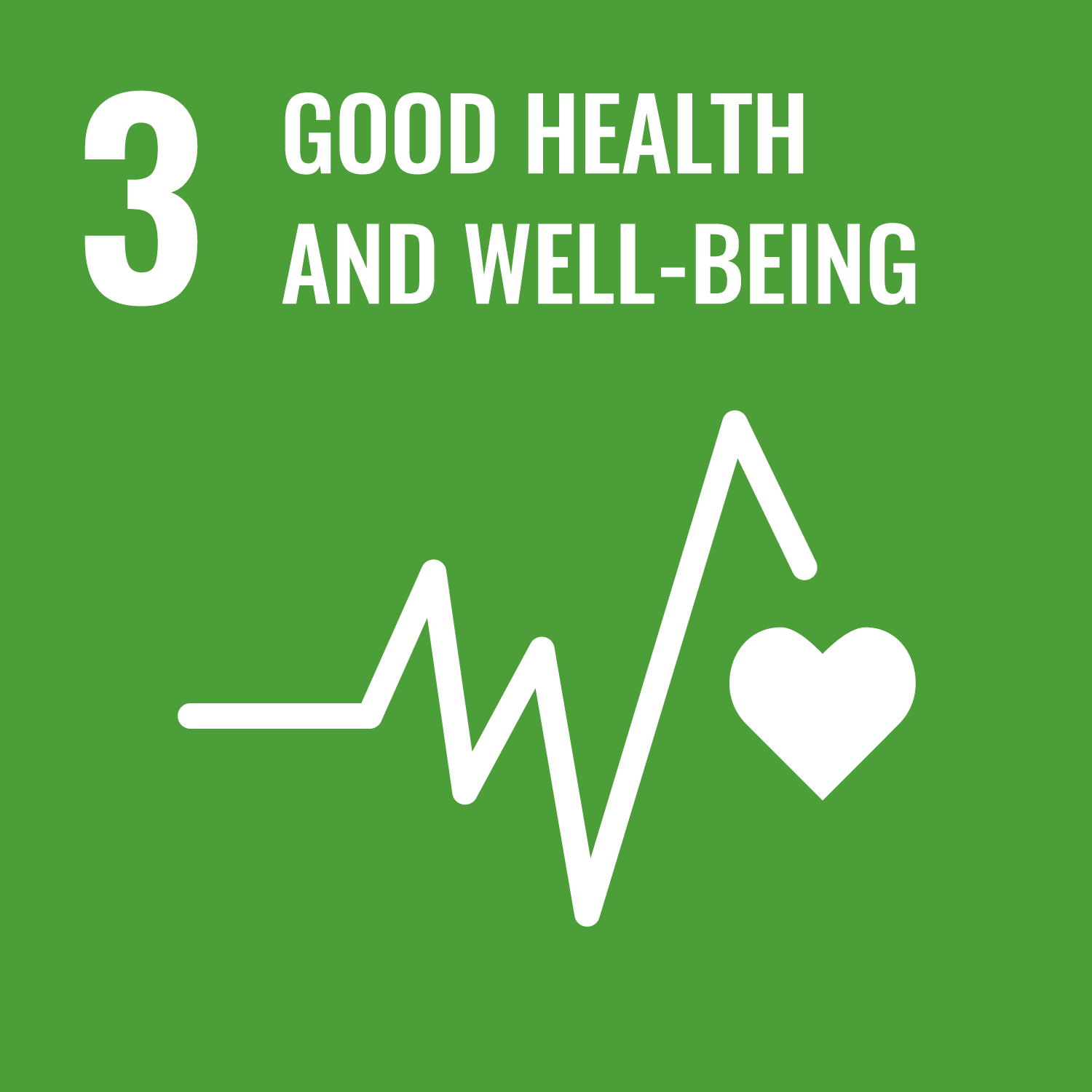Al-Mansoori, A. orcid.org/0009-0002-9164-1315, Al Hayk, O. orcid.org/0009-0004-0095-7328, Qassmi, S. orcid.org/0009-0000-5950-2919 et al. (5 more authors) (2025) Infoveillance of COVID-19 infections in dentistry using platform X: descriptive study. Journal of Medical Internet Research, 27. e54650. ISSN 1439-4456
Abstract
Background: The effect of the COVID-19 pandemic on the well-being of dental professionals and patients has been difficult to track and quantify. X (formerly known as Twitter) proved to be a useful infoveillance tool for tracing the impact of the COVID-19 pandemic worldwide.
Objective: This study aims to investigate the use of X to track COVID-19 infections and deaths associated with dental practices.
Methods: English Tweets reporting infections or deaths associated with the dental practice were collected from January 1, 2020, to March 31, 2021. Tweets were searched manually using the X Pro search engine (previously known as TweetDeck [X Corp], Twitter Inc, and TweetDeck Ltd) and automatically using a tweet crawler on the X Academic Research application programming interface. Queries included keywords on infection or death of dental staff and patients caused by COVID-19. Tweets registering events on infection or death of dentists, dental staff, and patients as part of their conversation were included.
Results: A total of 5641 eligible tweets were retrieved. Of which 1583 (28.1%) were deemed relevant after applying the inclusion and exclusion criteria. Of the relevant tweets, 311 (19.6%) described infections at dental practices, where 1168 (86.9%) infection cases were reported among dentists, 134 (9.9%) dental staff, and 41 (3.1%) patients. The majority of reported infections occurred in the United States, India, and Canada, affecting individuals aged 20-51 years. Among the 600 documented deaths, 253 (42.2%) were dentists, 22 (3.7%) were dental staff, and 7 (1.2%) were patients. The countries with the highest number of deaths were the United States, Pakistan, and India, with an affected age range of 23-83 years.
Conclusions: The data suggest that analyses of X information in populations of affected areas may provide useful information regarding the impact of a pandemic on the dental profession and demonstrate a correlation with suspected and confirmed infection or death cases. Platform X shows potential as an early predictor for disease spread. However, further research is required to confirm its validity.
J Med Internet Res 2025;27:e54650
Metadata
| Item Type: | Article |
|---|---|
| Authors/Creators: |
|
| Copyright, Publisher and Additional Information: | © 2025 Alghalia Al-Mansoori, Ola Al Hayk, Sharifa Qassmi, Sarah M Aziz, Fatima Haouari, Tawanda Chivese, Faleh Tamimi, Alaa Daud. This is an open-access article distributed under the terms of the Creative Commons Attribution License (https://creativecommons.org/licenses/by/4.0/), which permits unrestricted use, distribution, and reproduction in any medium, provided the original work, first published in the Journal of Medical Internet Research (ISSN 1438-8871), is properly cited. The complete bibliographic information, a link to the original publication on https://www.jmir.org/, as well as this copyright and license information must be included. |
| Keywords: | Humans; Dentistry; Adult; Middle Aged; Dentists; Female; Male; Pandemics; Social Media; COVID-19; SARS-CoV-2 |
| Dates: |
|
| Institution: | The University of Sheffield |
| Academic Units: | The University of Sheffield > Faculty of Engineering (Sheffield) > Department of Computer Science (Sheffield) |
| Depositing User: | Symplectic Sheffield |
| Date Deposited: | 08 May 2025 13:23 |
| Last Modified: | 08 May 2025 13:23 |
| Status: | Published |
| Publisher: | JMIR Publications Inc. |
| Refereed: | Yes |
| Identification Number: | 10.2196/54650 |
| Sustainable Development Goals: | |
| Open Archives Initiative ID (OAI ID): | oai:eprints.whiterose.ac.uk:226112 |


 CORE (COnnecting REpositories)
CORE (COnnecting REpositories) CORE (COnnecting REpositories)
CORE (COnnecting REpositories)